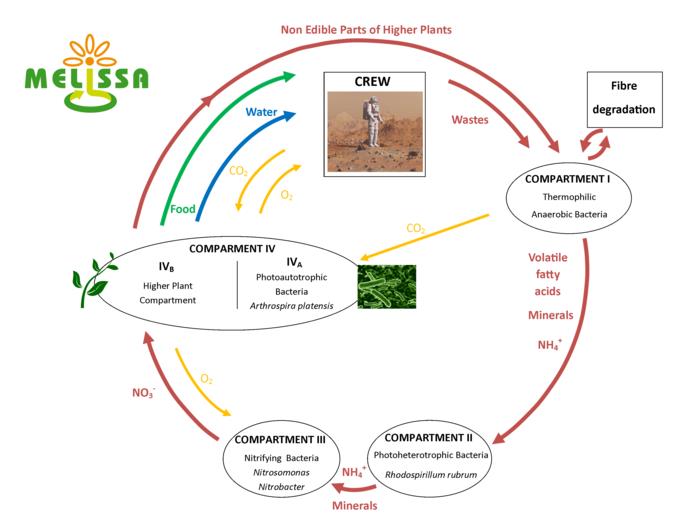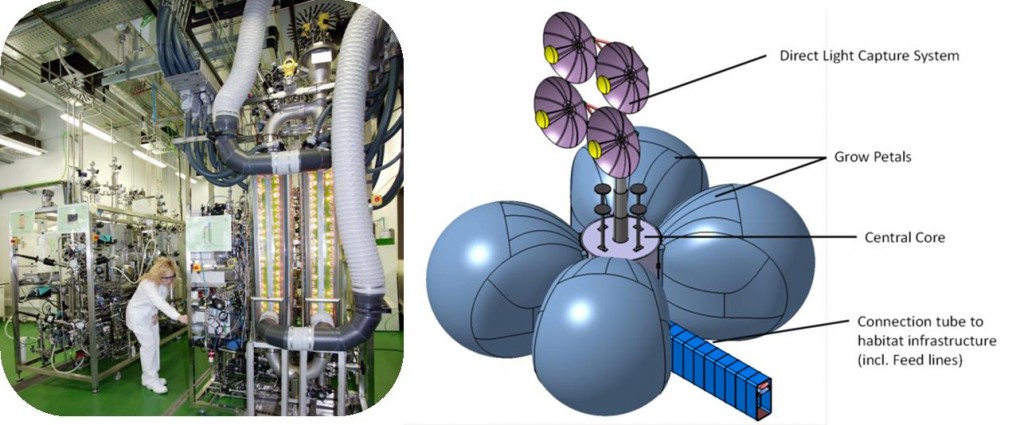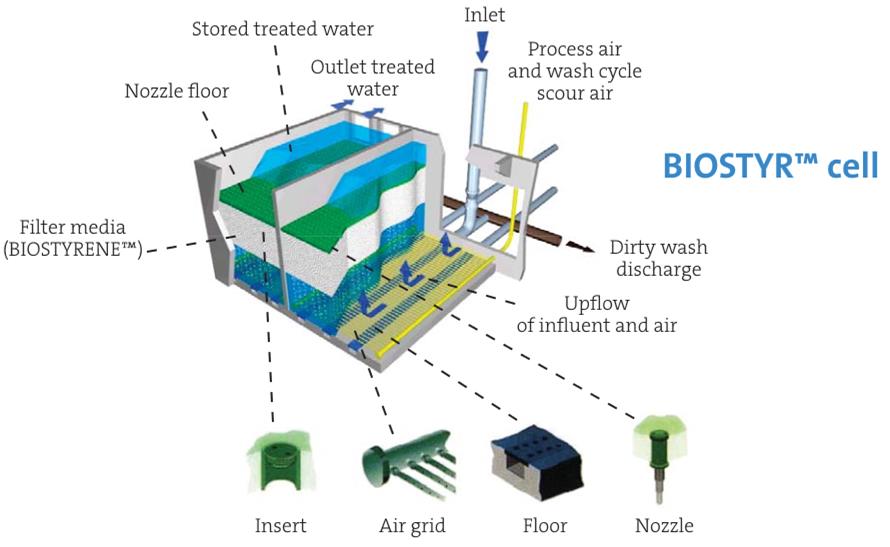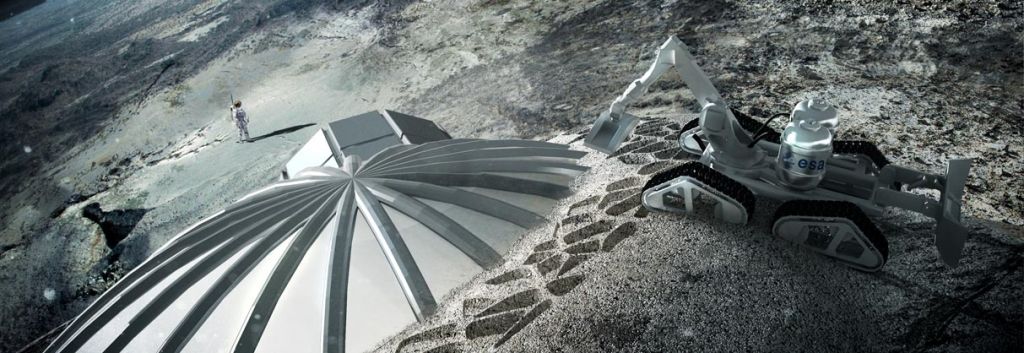Researching how to bring sustainable life support systems from Earth to the moon or Mars is the first move by the European Space Agency in making Space livable on the longer term scale.
 Around 25 years ago the MELiSSA project was born…with the aim of easing human exploration of the Solar System, whilst also serving current global challenges such as waste recycling, water provision and food production in harsh environmental circumstances…
Around 25 years ago the MELiSSA project was born…with the aim of easing human exploration of the Solar System, whilst also serving current global challenges such as waste recycling, water provision and food production in harsh environmental circumstances…
During the eighties, a collection of ‘visionaries’ came together to discuss what would actually be needed to recycle waste and carbon dioxide on spacecraft using bacteria, in order to make life in space possible. Indeed, in 1987 it was demonstrated that a super simple closed loop ecosystem of just 2 single algae strains was able to survive a five-day microgravity trip on a Chinese capsule.

Thus, in 1993 Claude Chipaux and Daniel Kaplan of Matra Espace, Professor Max Mergeay of SCK, Professor Willy Verstraete of the University of Ghent and Professors Marcelle Lefor Tran and Guy Dubertret of the French CNRS – came together and signed an agreement with a group of European organisations sharing common interests, in order to pool their efforts in the MELiSSA consortium.
The MELiSSA ‘Closed Loop’ ecosystem project was therefore broken down into 4 Main compartments requiring multiple disciplinary field expertise. This would be to construct a way in which we could essentially ‘terraform’ previously uninhabitable space, and in the words of The Martian, to ‘conquer Mars‘:

(i.) A liquefying compartment which fractions organic waste and provides CO2 (ii.) The photoheterotrophic anoxygenic compartment (where organic carbon should be transformed into inorganic carbon source), (iii.) A nitrifying compartment for waste detox, and (iv.) The photoautotrophic compartment, responsible for the removal of CO2 and generation of biomass. Although not finalised, over 32 crops have been considered for the ivB compartment, to generate edible biomass as a food supply.
Based in Barcelona (Spain), the MELiSSA Pilot Plant was inaugurated at the UAB School of Engineering (ETSE) in 2009. For cost and safety reasons, the first MELiSSA trial crew is composed of animals (such as rats). Should this trial be successful, the project would then later progress to employ humans.
Several other life support technologies have been developed in parallel with the MELiSSA loop, also having been tested at the level of engineering model (i.e. the grey water treatment unit at the Concordia station in Antarctica, based on MELiSSA technology). Indeed, the Antarctic station just received new arrivals from the Netherlands to try their hardiness at the closest simulation to space on Earth regarding resources.

More developments in Waste-water technology have been established beyond the experimental phase too. A spin-off company, IPStar, was created on request of (and subsidized by) the ESA to commercialize MELiSSA in collaboration with the French water tech company Veolia.
The Biostyr water filtration system is one such product of the spin-off, which combines both a physical filter (styrene beads) with a bioreactor into one closed-loop system to effectively eliminate all pollution, both organic (COD and BOD), nitrogenous (N-NH4 and N-NO3) and particulate compounds (TSS).
Indeed, the Biostyr technology has been employed in over 100 towns already in the UK, France, Switzerland and Denmark, turning over 1 billion m3 of water per day.

However, what is particularly impressive about the ESA MELiSSA Project is not the crazy Antarctic space-simulating stations…or the impressive waste-water tech employed across the EU… It is the mass scale collaboration the idea of space exploration has brought to both members of the public, Biotechs and Academic institutions alike. Indeed, few (asides the Human Genome Project) can boast the same expense and sheer size that the ESA has amassed.
So if we are to extend our horizons beyond that of Mars and the Moon, then Green-Tech developments from MELiSSA will be the way to do so.





